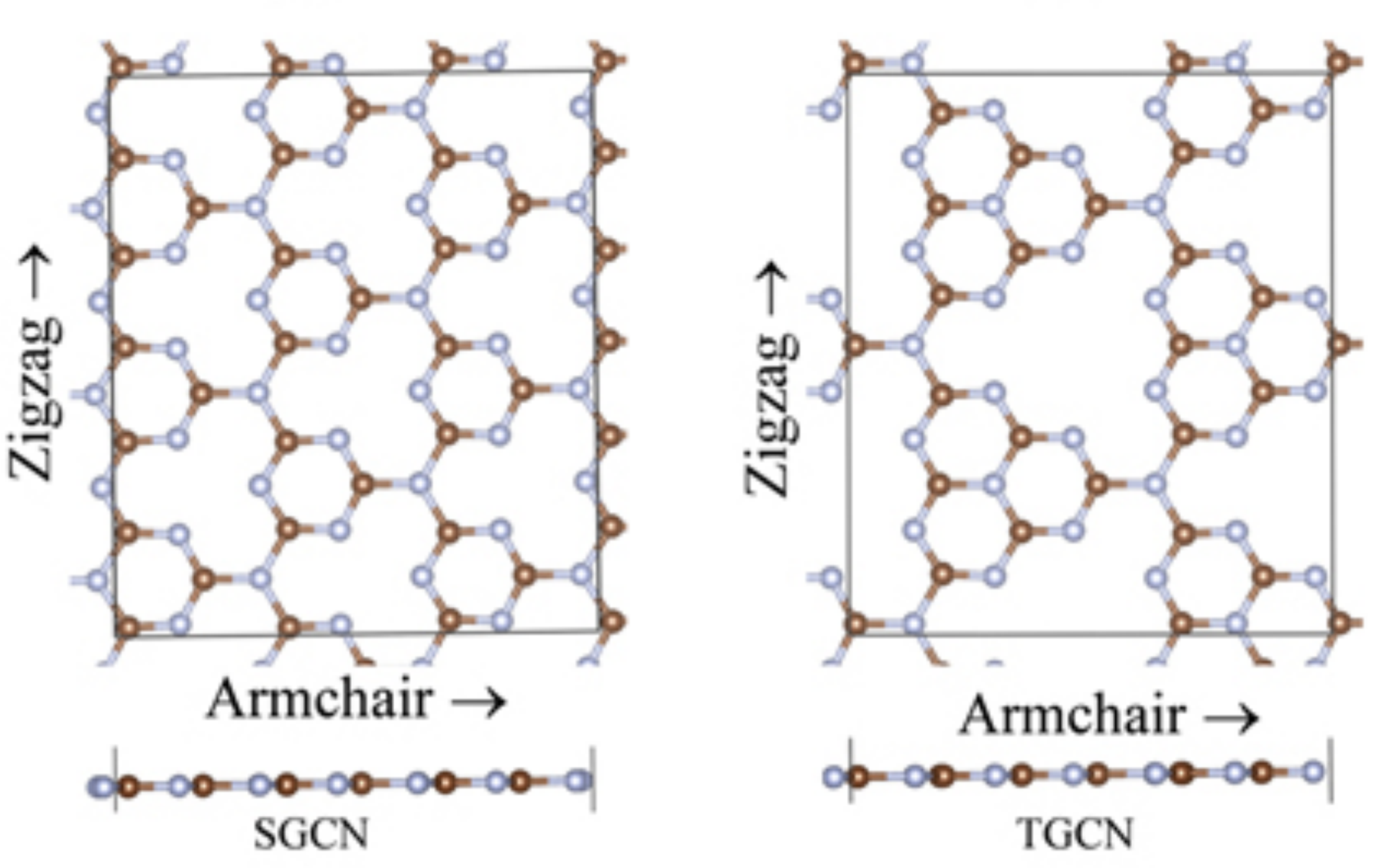Graphene, one of the strongest materials ever discovered, triggered the exploration of many 2D materials in the last decade. However, the successful synthesis of a stable nanomaterial requires a rudimentary understanding of the relationship between its structure and strength. In the present study, we investigate the mechanical properties of eight different carbon-based 2D nanomaterials by performing extensive density functional theory calculations. The considered structures were just recently either experimentally synthesized or theoretically predicted. The corresponding stress-strain curves and elastic moduli are reported. They can be useful in training force field parameters for large scale simulations. A comparative analysis of these results revealed a direct relationship between atomic density per area and elastic modulus. Furthermore, for the networks that have an armchair and a zigzag orientation, we observed that they were more stretchable in the zigzag direction than the armchair direction. A critical analysis of the angular distributions and radial distribution functions suggested that it could be due to the higher ability of the networks to suppress the elongations of the bonds in the zigzag direction by deforming the bond angles. The structural interpretations provided in this work not only improve the general understanding of a 2D material's strength but also enables us to rationally design them for higher qualities.

Graphene, one of the strongest materials ever discovered, triggered the exploration of many 2D materials in the last decade. However, the successful synthesis of a stable nanomaterial requires a rudimentary understanding of the relationship between its structure and strength. In the present study, we investigate the mechanical properties of eight different carbon-based 2D nanomaterials by performing extensive density functional theory calculations. The considered structures were just recently either experimentally synthesized or theoretically predicted. The corresponding stress-strain curves and elastic moduli are reported. They can be useful in training force field parameters for large scale simulations. A comparative analysis of these results revealed a direct relationship between atomic density per area and elastic modulus. Furthermore, for the networks that have an armchair and a zigzag orientation, we observed that they were more stretchable in the zigzag direction than the armchair direction. A critical analysis of the angular distributions and radial distribution functions suggested that it could be due to the higher ability of the networks to suppress the elongations of the bonds in the zigzag direction by deforming the bond angles. The structural interpretations provided in this work not only improve the general understanding of a 2D material's strength but also enables us to rationally design them for higher qualities.
